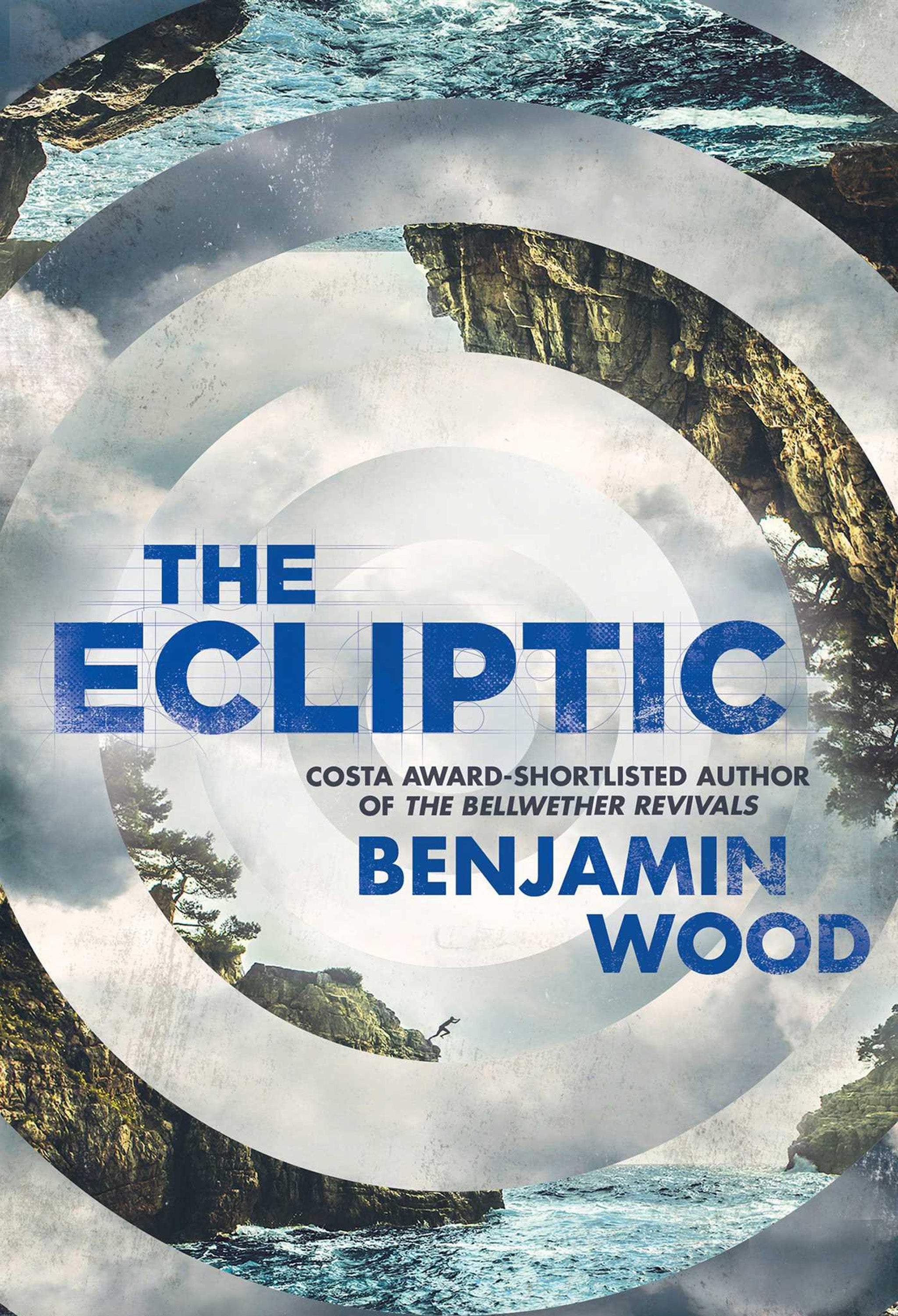Your support helps us to tell the story
From reproductive rights to climate change to Big Tech, The Independent is on the ground when the story is developing. Whether it's investigating the financials of Elon Musk's pro-Trump PAC or producing our latest documentary, 'The A Word', which shines a light on the American women fighting for reproductive rights, we know how important it is to parse out the facts from the messaging.
At such a critical moment in US history, we need reporters on the ground. Your donation allows us to keep sending journalists to speak to both sides of the story.
The Independent is trusted by Americans across the entire political spectrum. And unlike many other quality news outlets, we choose not to lock Americans out of our reporting and analysis with paywalls. We believe quality journalism should be available to everyone, paid for by those who can afford it.
Your support makes all the difference.The Princes’ Islands, off the coast of Istanbul, are the enchanting location for much of Benjamin Wood’s second novel. Having visited the islands myself, and enjoyed Wood’s evocation of their seemingly timeless world of horse-drawn carts, wooden houses, and simit bread, I suspect the setting provided the spark for The Ecliptic. Not that Wood’s novel is lacking in other departments; it’s an intelligent examination of creativity, psychology, and a riveting mystery.
Wood, whose debut, The Bellwether Revivals (2012), was about a group of Cambridge students, is drawn to enclosed worlds. The Ecliptic begins at Portmantle, a “refuge” for international artists, on Heybeliada, the second largest of the islands. The narrator, Elspeth “Knell” Conroy, and her fellow inmates are awaiting the arrival of Fullerton who, at 17, is much younger than them.
“I’m not good with people,” says Fullerton when Elspeth tries to help him settle in. Aloof yet needy, Fullerton is counterpointed by the smooth but sinister provost who, aided by Turkish lackeys, runs Portmantle. At times, Elspeth draws close to both Fullerton and the provost but it’s possible they’re connected to each other in ways which Elspeth doesn’t know about.
When tragedy strikes, the action shifts. The novel’s absorbing middle describes Elspeth’s youth in Scotland, her emergence as a painter in 1960s London and treatment for depression. Elspeth is a sucker for clichés of the tortured artist variety but Wood’s visceral accounts of her work are convincing and even reminiscent of scenes from Alasdair Gray’s Lanark (1981), another novel which combines meditations on artistic expression with elements of genre fiction.
An energetic stylist and skilful storyteller, Wood’s weakness is characterisation. I read at least 100 pages before I stopped needing to remind myself occasionally that the narrator is a woman. Other artists at Portmantle come off as shadowy entities rather than rounded individuals.
Elspeth believes that painters “convey emotions in the accumulation of gestures”. The same could be said of novelists’ words but The Ecliptic succeeds more at making the reader think than feel. After it’s moved back to Portmantle for the denouement, Elspeth observes: “It’s hard to separate the truth from the rest of it.” The reader agrees, at the same time as feeling fairly sure that this ambitious novel will haunt the imagination long after the final page.

Join our commenting forum
Join thought-provoking conversations, follow other Independent readers and see their replies
Comments